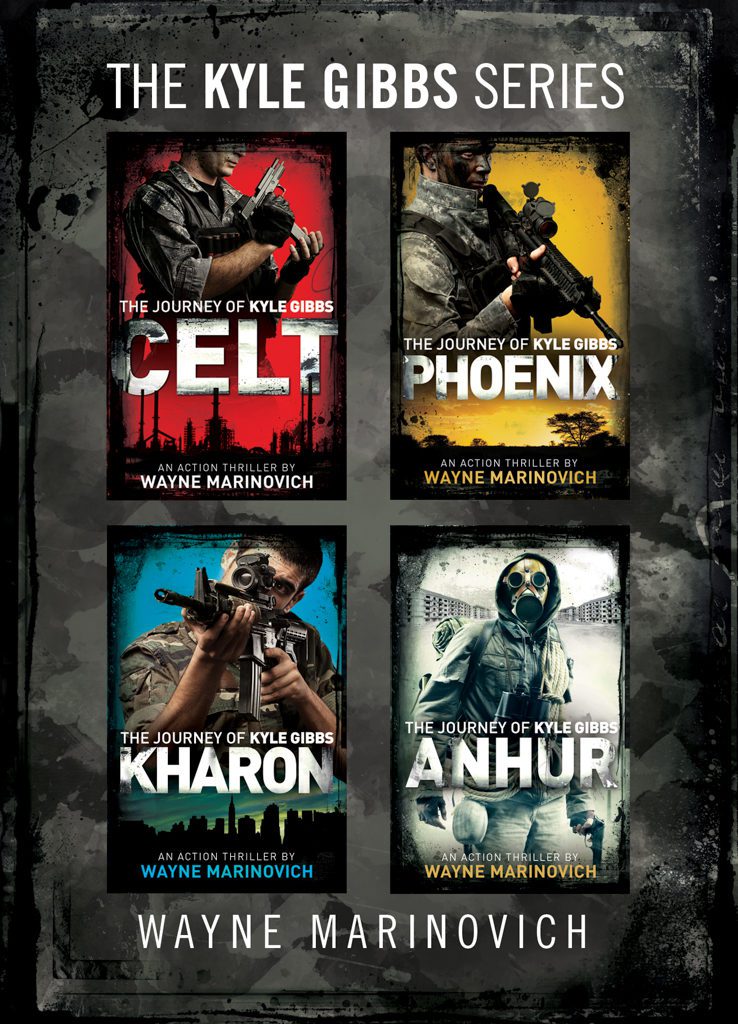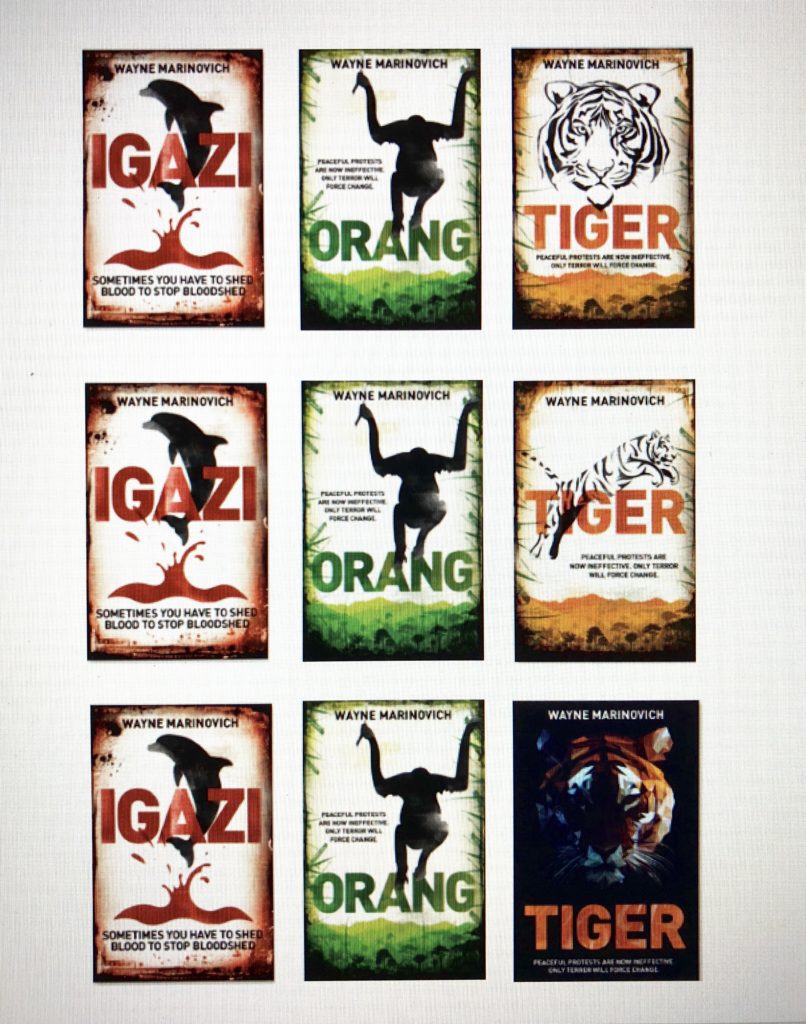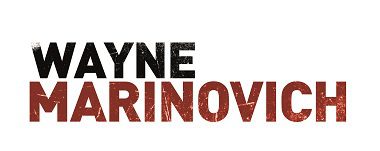Get the perfect Book cover
Topics
- Look around for book covers that work in your genre
- Find a cover designer, study their work
- Send your synopsis to your designer plus examples of covers you love
“A cover isn’t an art project. It’s commercial packaging for a product” – David Gaughran

Look around for book covers that work
We do judge a book by its cover. It’s a simple fact of selecting and buying a book, therefore, is one of your cornerstones of selling books. If you’ve written the next epic bestseller, it won’t move in the charts unless people pick it up or click on it. A professionally designed cover will draw readers in first, then your blurb makes them open the book where your manuscript takes over and hooks them into becoming one of your fans.
Go to a bookstore (or go online to your favourite book site) and look at the covers on the bestseller lists within the same genre as your books. Use a smartphone to take a few pictures of the book covers that grab you. Take note of the following.
- Font
- Colour
- Images
- Layout
- If it’s online, how does it look as a thumbnail?
- Spine image (on physical books)
- Back blurb design (on physical books)
If it is a series, then look at all the books. Series are best served with a similar style of design for the entire series. It makes it more noticeable at a quick glance on your Amazon Author Platform
Find a cover designer, study their work
Regardless of whether you intend to write single or multiple books, this next step is a creative collaboration. You need to trust the artist to work off your brief with some freedom. Let them have time to create ideas and proposals.
Key areas that you need to take into consideration when finding and working with a designer.
- Look around on Twitter and Google for cover designers.
- Pick a few and click through to their websites
- Ask for referrals from authors that have used them, preferably in the same genre
- You need a cover designer, not a generalist graphic designer. This will make it easier because if they have experience with publishers, they’ll have a fair idea of what’s right for the genre.
- Search on Google for the names of great book cover designers (the higher the ranking, the costlier I found).
- What do their covers look like as thumbnails?
Be prepared to spend a third of your budget on this endeavour. If you don’t have a budget then now is the time to start researching how much it costs to publish. It will costs money to get a good product out the door, and that’s what your book is.
Send synopsis + what covers you like to your designer
Once you’ve selected your cover designer, send them your samples, images and ideas. It’s not up to them to pick designs out of the air. You, as the author, know your story and your genre readers so must take the lead in making decisions. Have some guidance ready for them, and this will mean less email tennis around the cover concepts. It will take time to get your book cover right, so don’t rush this part at all.
It’s a collaboration
- Write a page synopsis of your novel to help fire up their creativity.
- Be wary of being too experimental in the early part of your career. Stick to what the readers will expect from the genre. Once your name is out there, and you’re well known, you can begin experimenting. You can always go back a few years later to “rebrand” the covers
- It is your cover. You have to approve it and sign it off. That is not the designer’s role. Their job is to get you four to five covers that you can to select from.
Get your friends, family or email subscribers to get involved in selecting the best one for you. They are readers too after all. If the book is part of a series show them all of the covers to help with context. Make sure that it fits with the others. I’ve had a cover selected by my subscribers that was a wonderful cover but didn’t fit with the series. It failed to make the final selection. Below are a series of covers for my Hudson Drake Series. I loved the darker cover on the lower row, but it doesn’t go with the sequence, so I selected the first line.

But your book cover is still your decision
- Get one or two favourites and go back to the designer with notes that you’ve made. What do you like about it and what don’t you like? What about the image, the font, the overall font size? Is it too cluttered? Is it to minimalist or not related to your genres? Be honest. You’re paying them a lot of money to produce something that you will attach to your novel and your author brand.
- I’ll say it again, have a look how they scale down to a thumbnail size.
- Pay more than you think you should budget for. (I pay between £300 – £450). If it’s a new standalone novel, it will take more creative effort (more money) than if it’s the fifth novel in a series where your style is already established.
- When starting out, make your name smaller than the title on the cover. People don’t know you so get them looking at the title and image. Later, as your author brand grows, so can the size of the font of your name.
Below are five of the original book covers that my designer returned from my original briefing. I ended up selecting the middle colour, but with a mix and match of images and fonts from the others

Tip: Your cover must excite you. You must want to run around the street showing it to everyone. It is your business card that will be available for all to see. You must feel proud of seeing it up on all the sites, including on your website.
A final note on covers
By the nature of the way I write, I always have the title of my novel pretty early on in the process. I am a Plotter (see my article explaining Pantsters vs Plotters) and so have a rough chapter guide pretty soon in the process. Once I get my manuscript off to the editor – usually after the fourth or fifth draft, and if the news is good from the editor, the novel is a go, and I get the cover done.
This means that I have a physical image to work the novel towards. I can also start to market and Social Media the hell out of the book long before I have finished. It helps to create buzz, sizzle and other words with loads of Z’s in them.
Read the next page in the Publishing Tip series: Part 2 – What Route to Market
Please click on the button below if you want to receive my newsletter with tips, book release updates and FREE sign-up gifts









